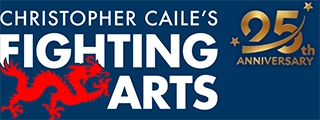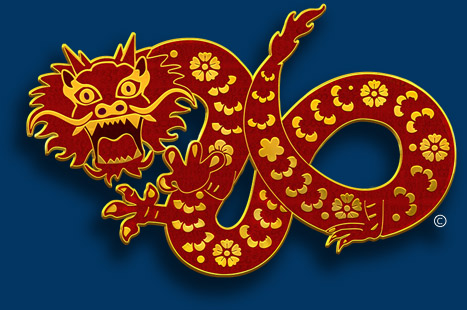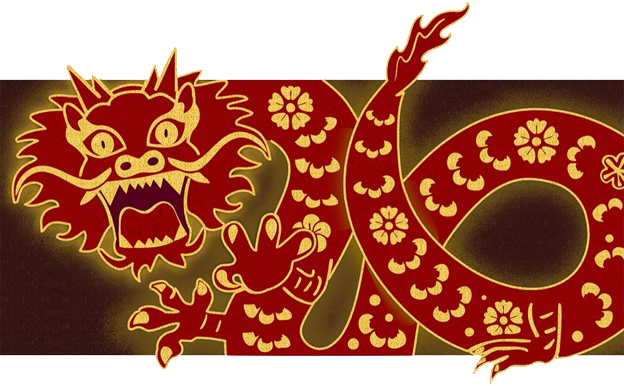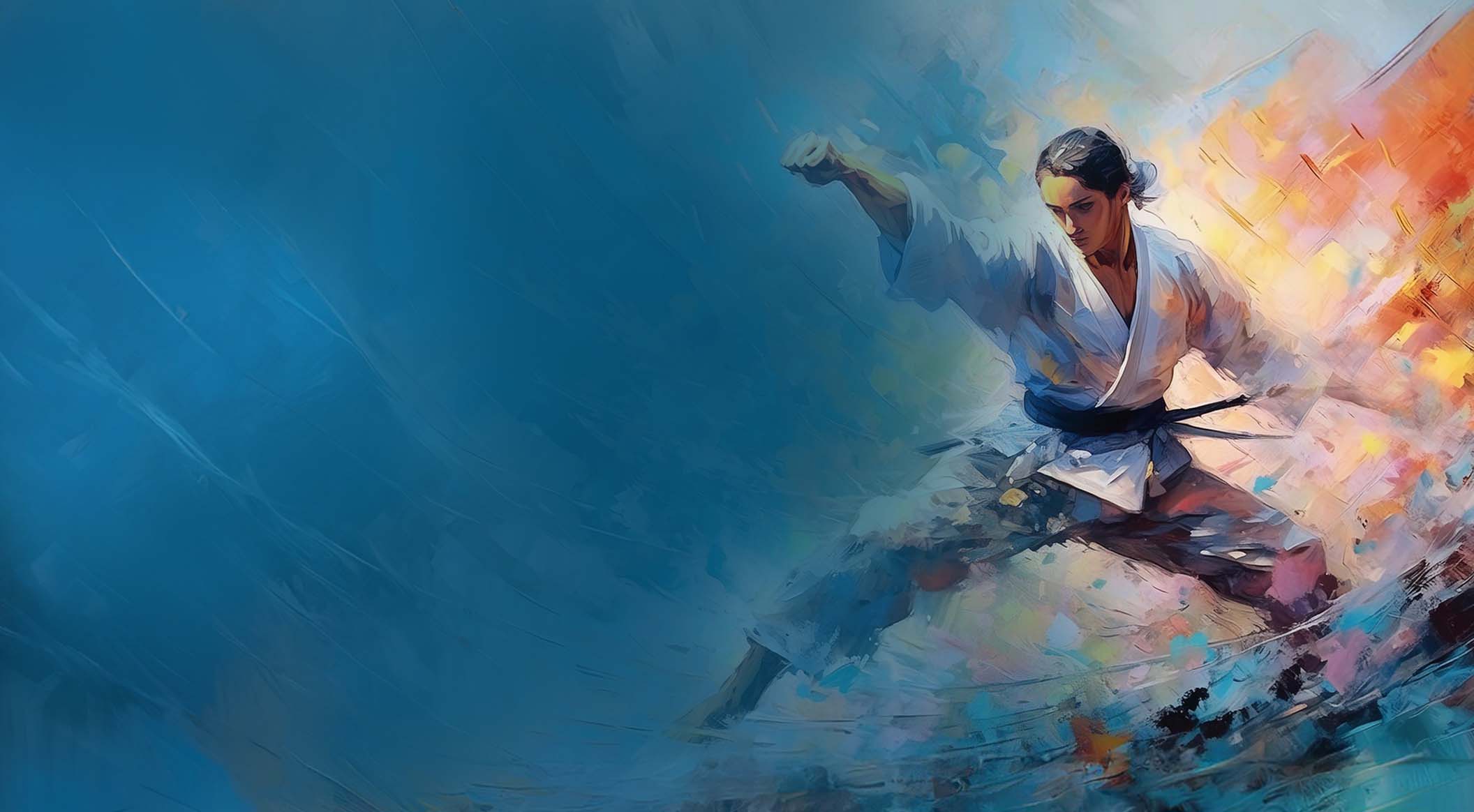The Martial Craftsman—An Introduction
By George Donahue
With this introduction, I'm happy to introduce a new series on FightingArts.com, a series that will focus on the craft and craftsmanship of the fighting arts. Although I've been associated with FightingArts.com for a while, my involvement has always been peripheral; as much as I wished otherwise, I never had the time to focus here. Now I do, and I hope to use this opportunity to help the reader—to the best of my ability—more fully enjoy and understand the practice of the fighting arts. (1)
I've chosen "The Martial Craftsman" as a series title because it reflects my own chosen path and my profound ambivalence toward the general use of the euphemism "martial artist." I've never been comfortable thinking of myself as a martial artist, even though I've been practicing what is generally called martial arts since I was a young kid. It doesn't bother me that others don't feel the same way, and my reluctance to identify myself as a martial artist has presented no problem for me in acquiring, commissioning, editing, and even ghost writing martial arts books for several publishers. Or from teaching martial arts most of my adult life.
But I'm not really a martial artist. Like many people dedicated to the practice of the fighting arts, I don't have the talent, imagination, or unique experience necessary to be a true artist of any sort. That doesn't mean that I don't have reasonably good technique, or that I can't teach others how to improve their technique, or that I haven't a time or two actually used my training to save my bones, but it does mean that I don't transcend the practice in the manner of those few who do.
I've been very fortunate that some of my teachers have been true artists. For example, the three Okinawans (Seigi Nakamura, Chokei Kishaba, and Katsuhiko Shinzato). (2) who have taught me the bulk of what I know about karate and traditional weapons have been exquisite artists. I'm sure that not one of them considered himself to be teaching me techniques of martial art, however. What they taught and continue to teach me, on the surface at least, is "karate jutsu," the principles and technical applications of the craft of karate. Although they were all three teaching and practicing the same thing (sometimes all three at once in the same room) they each looked very different from the others, and all others, in their performance of the identical techniques. The difference was in their personal artistic interpretation and understanding of the craft. They were and are, indeed, martial artists, even though they would not ordinarily call themselves so. Their karate could be expressed as true art because, while they did not consciously think of themselves as artists, they, at the same time, in the manner of true artists, no longer had to think about the craft—unless they chose to for the benefit of their students. By demonstrating their artistry for their lucky student, they have encouraged their student to seek the potential artistry within.
At my best, I understand this and maybe even get close now and then, but I still have to think about the craft every second, or I stray into bad technique. Maybe someday that will change. I might someday pass through the barrier that separates me from martial artistry; I might not. In the meantime, I'll work at my craft.
So, philosophically and realistically, I'm a martial craftsman. But I'm a martial craftsman in a more mundane way, too. I like to build my own equipment to fill needs in my training. I like to devise methods to improve my own training, and I like to help my students devise ways to improve their training. When I or one of my students has a problem with a technique, I like to devise ways to overcome that problem. Together, the student and I attack the problem like scientists, observing closely, testing this and testing that, trying this and that, and ultimately finding a better way to get something done. We are craftsmen plugging away at a challenging piece of work and enjoying every minute of it. In this, we are living the traditional craft from which we have sprung.
Likewise, in this series I'll plug away at challenges as they spring up. I'll tell you what I've figured out and how you might want to approach similar challenges. This series will cover everything from how to make and properly use a makiwara to, eventually, how to "effortlessly" double your power and speed. It should be fun for me. I hope you find it enjoyable and useful. If you don't, let me know and I'll work on making it better.
Footnotes:
(1) I'll concentrate most of my writing within this series, but I'll also from time to time address other topics that don't fit independently as stand-alone articles.
(2) Nakamura-sensei and Kishaba-sensei are no longer with us, but Shinzato-sensei will be going strong for at least another twenty or thirty years.
George Donahue
George has been on the board of FightingArts.com since its inception and is also a Contributing Editor.
George is a retired book editor, with a career spanning four decades, among his positions have been editorial stints at Random House; Tuttle Publishing, where he was the executive editor, martial arts editor, and Asian culture editor; and Lyons Press, where he was the senior acquisitions editor and where he established a martial arts publishing program. At Tuttle, he was the in-house editor for the Bruce Lee Library. Throughout his career he also edited, acquired, or reissued a wide array of military history, martial arts, and Asia-centric titles.
He was born in Japan in 1951 and originally named Fujita Tojo, with the Buddhist name KanZan. He was renamed George Donahue when he was several months old. After living part of his early childhood in the U.S. and France, he returned to Japan when he was seven years old and immediately was put (involuntarily) into intense training in traditional Japanese martial arts. His childhood training in Japan was focused on judo and jujutsu, primarily with Ando Shunnosuke, who blended keisatsujutsu (often referred to as police judo) and Olympic style judo in his teaching. He also studied kyujutsu (archery), sojutsu (spear), and kenjutsu (swordsmanship), with several teachers under the direction of his uncle, Tomita Yutaka. Following his return to the U.S. when he was twelve years old, he continued to practice judo and jujutsu, as well as marksmanship with Western style compound bow and firearms, and began the study of Matsubayashi Ryu karate in his late teens. Subsequently, he has studied aikido and cross trained in Ying Jow Pai kung fu. He began studying tai chi chuan in 1973 and now teaches qi gong and tai chi for health and fitness, as well as Okinawa Taijiken, which blends the principals of Okinawan karate with tai chi.
After studying Okinawa Karatedo Matsubayashi Ryu for ten years, he changed his focus to the teaching of Kishaba Chokei. He has been a student of Shinzato Katsuhiko, the director of Okinawa Karatedo Shorin Ryu Kishaba Juku, which comprises karate and kobujutsu (including Yamane Ryu Bojutsu) since 1983. He was also a student of Nagamine Shoshin, Nagamine Takayoshi, Kishaba Chokei, and Nakamura Seigi until their deaths. A key teacher in the U.S. was Arthur Ng, with whom he trained and taught for several years in New York City. He currently teaches Kishaba Juku privately, along with special training in karate, weapons, and self-defense. He has taught seminars throughout the U.S. and in Israel.
He has been teaching martial arts almost continually for sixty years. His first class, at twelve years old, was in judo for a group of military dependents and airmen at Sioux City Air Base, Iowa, at a time when the Air Force Strategic Air Command was beginning to stress training in martial arts, particularly jujutsu.
He was introduced to Kundalini Yoga practice in Japan but didn't begin serious practice of Kundalini and Hatha Yoga until he was in college. He practices yoga at least an hour a day and now teaches various approaches to yoga. He is also a cancer exercise specialist and a Livestrong at the YMCA instructor, helping cancer survivors regain and maintain their vitality.
Search for more articles by this author:
